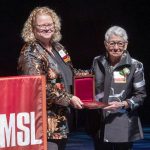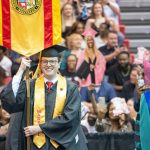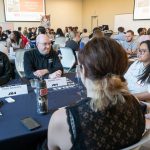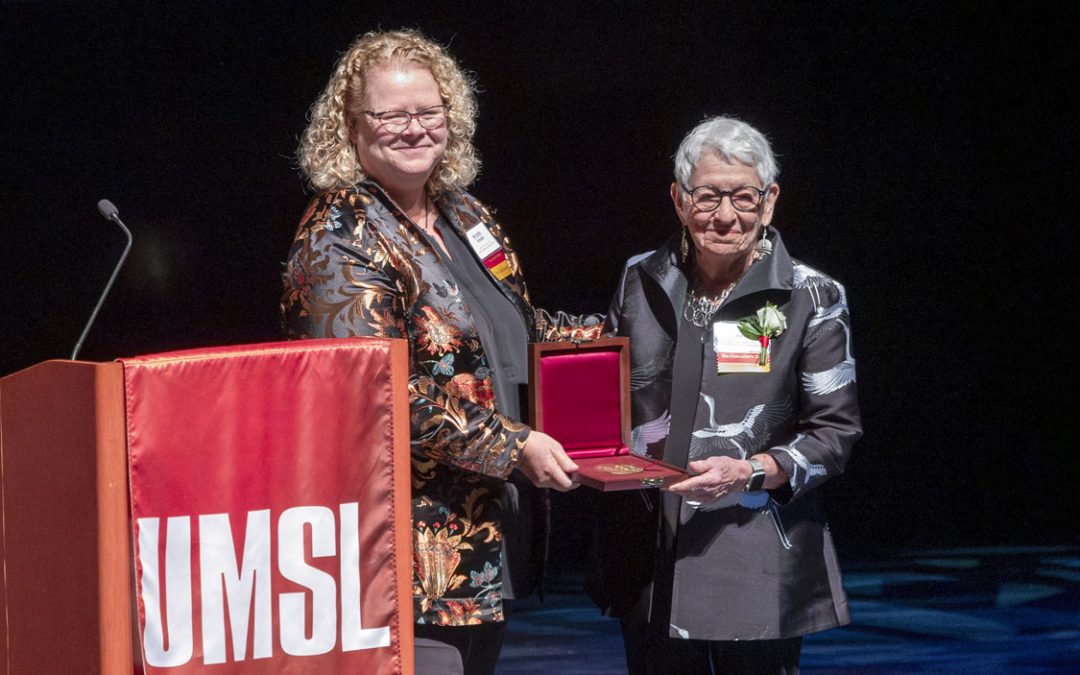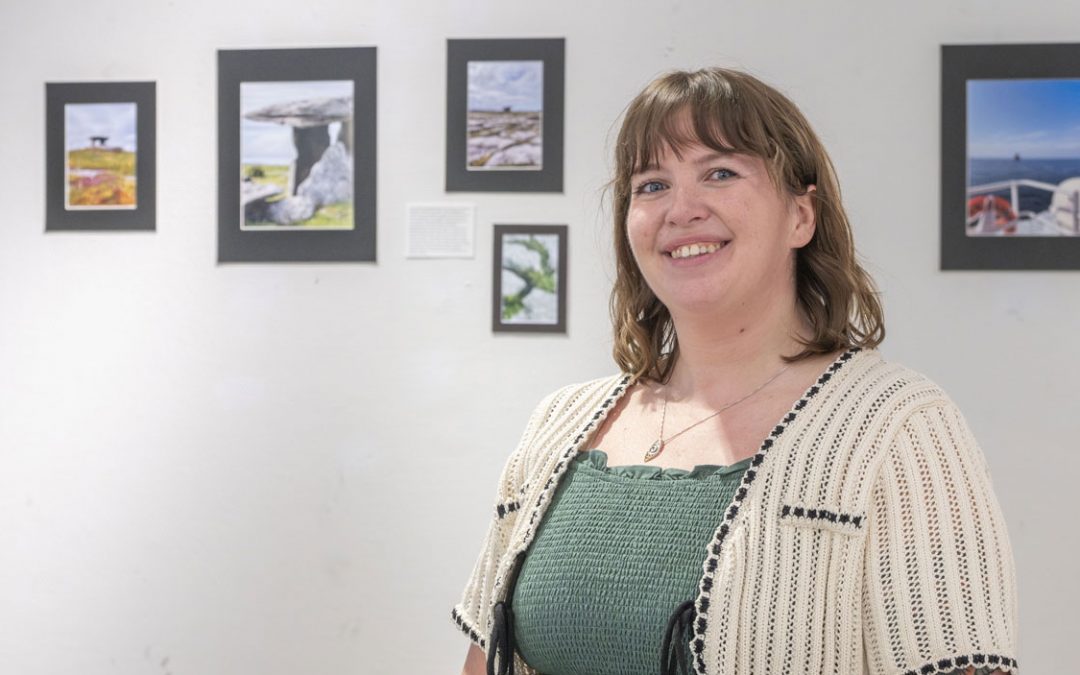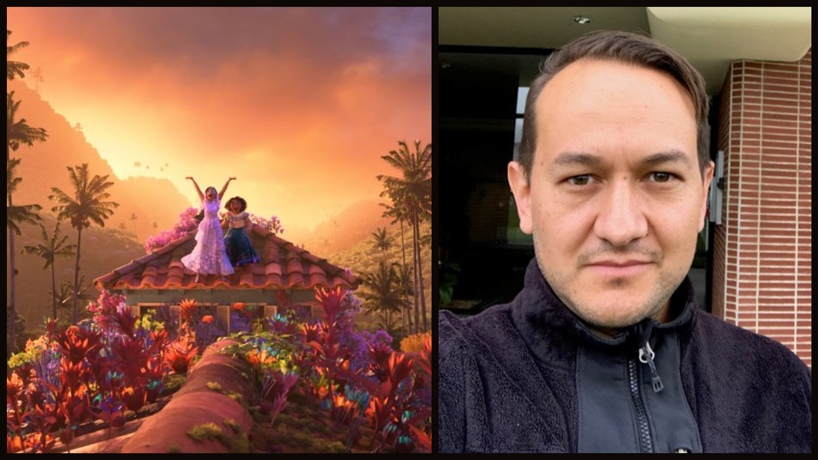
Felipa Zapata (right), who earned his PhD in biology at UMSL and is now an assistant professor at UCLA, consulted with Disney on the plants depicted in the Disney film “Encanto,” which was set in his native Colombia. (Left: Courtesy image from Walt Disney Studios, Right: Photo courtesy of Whitney R. Harris World Ecology Center)
Felipe Zapata could hardly have imagined that accepting a position as an assistant professor at UCLA’s Department of Ecology and Evolutionary Biology in 2016 would one day help bring him to Hollywood.
But Zapata, a botanist who earned his PhD in biology at the University of Missouri–St. Louis in 2010, has his name in the credits of Disney’s hit movie “Encanto,” released in November. Listed as part of the Colombian Cultural Trust, Zapata consulted with Disney animators on the plants portrayed in the film.
“This was a very unique and unusual opportunity for me,” Zapata told St. Louis Fox-affiliate KTVI (Channel 2) in an interview this week. “I am an academic and researcher and teacher here at UCLA, so I have never done this before.”
But his expertise in plant biology and his roots in Colombia, where the movie was set, made him an ideal fit for the job.
“They went to Colombia, and they saw the amazing biodiversity in our country, and they got inspired by how magical all these plants and all these places in Colombia are,” Zapata said in another interview with “St. Louis on the Air” host Sarah Fenske last week on St. Louis Public Radio. “And they decided to make a film that has the magic of Disney, but at the same time, it’s inspired by how nature really looks in Colombia. So they want to be accurate enough about the plants and the animals. But add on the magic that Disney has in all these movies.”
As Zapata talked to both KTVI and “St. Louis on the Air” about “Encanto” and the work the animators did to capture the colorful landscape in Colombia, he also shared details about his own career, particularly the almost seven years he spent in St. Louis pursuing his PhD.
Zapata first came to St. Louis in 2003 and enrolled at UMSL, supported by a Christensen Fund Graduate Fellowship in Plant Conservation from the Whitney R. Harris World Ecology Center.
“UMSL has a very strong program in tropical biology, so it attracts people from all the tropics,” Zapata told KTVI. “And also the Botanical Garden has research going on in all these places as well.”
Zapata worked at the Missouri Botanical Garden while conducting his doctoral research on a group of plants located throughout the Andes Mountains.
“When I talk to people and explain to them that I went to St. Louis to study plants from the Andes, people don’t believe it,” Zapata told “St. Louis on the Air.” “But I guess what people don’t know is that actually, St. Louis and the Botanical Garden in St. Louis, it’s one of the few places in the U.S. and in the world where there is a super strong focus of research in the tropics, mainly the Andes but also in other parts of the tropics, in Africa and southeast Asia. There’s a huge effort for training people, teaching and exploration of biodiversity in the tropics. So actually, they have resources for studying tropical plants in St. Louis. The grad programs in St. Louis – UMSL, Wash U. and Saint Louis – they attract different students from different parts of the world.”
Though he went on to do postdoctoral research at both Brown University and the University of California, Berkeley, Zapata said his time in St. Louis has remained influential in his work as a plant evolutionary biologist.
“Definitely my time in St. Louis was a big landmark for my career,” Zapata told “St. Louis on the Air.”
In 2019, Zapata named a new species of Bolivian shrub “Escallonia harrisii” in honor of Whitney R. Harris in appreciation for the Harris Center’s support of his work and that of other conservation biologists.
Media Coverage
St. Louis Public Radio
KTVI (Channel 2)
Discover + Share (Missouri Botanical Garden blog)


